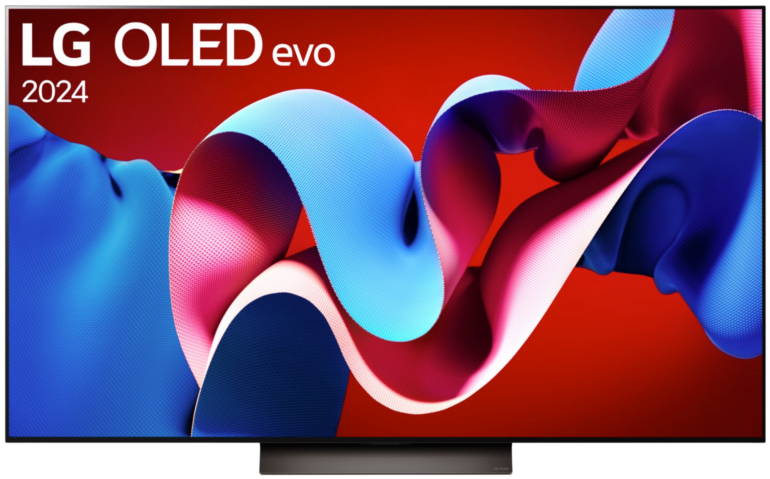LG NANO75 vs Samsung AU8000 TV comparison 2021/11


Hey! If you buy through our links, you support our project. It won't cost you a cent more! Many thanks in advance! ♥️
LG NANO75 and Samsung AU8000 compared – Which TV is better?
Detailed comparison: LG NANO75 or Samsung AU8000
Watch out for bright rooms!
LG’s NANO75 definitely cannot win with its brightness and contrast values. Reflections are almost inevitable in bright rooms. The Samsung AU8000’s values look much better, but they still cannot fully satisfy. However, the TV compensates for this with a good reflection behavior, which only leads to actual impairments in very bright rooms.

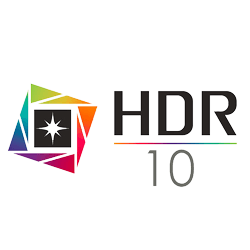
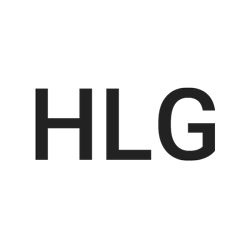



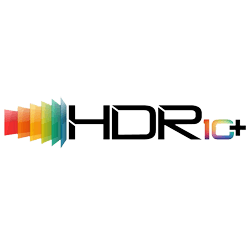
Highly extended viewing angle
Thanks to its ADS panel, which is very close to an IPSIn-Plane Switching, type of LCD Panel panel, the NANO75 has a very wide viewing angle. Thus, it is also suitable for the use in larger groups. The AU8000, in contrast, has a VAVertical Alignment, type of LCD Panel panel and thus suffers from a narrow viewing angle, which is typical for these panels.
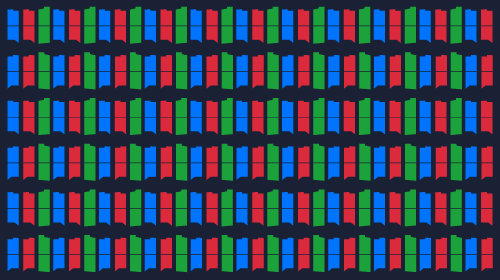


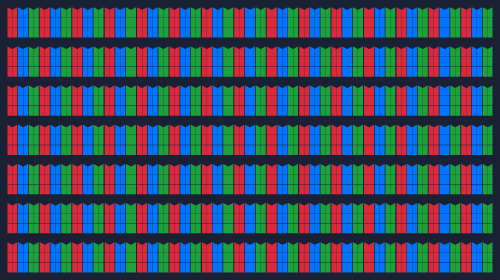


One point for Samsung
In terms of the picture quality of SDRStandard Dynamic Range – image/video with a conventional gamma curve (opposite: HDR) – “normal” videos content, the NANO75 can only impress in terms of color representation: Thanks to the special NanoCell technology, colors are displayed intensely and correctly. Other than that, the quality is not very satisfactory due to the poor contrast values and the low peak brightness. The AU8000 delivers a much better picture here: Its contrast values are also not particularly high for a VAVertical Alignment, type of LCD Panel panel, but it can still display SDR material well.




Hardly any differences to SDR content
You cannot expect an outstanding HDRHigh Dynamic Range – image/video with more dynamic range (contrast range) performance from either TV. Rather, hardly any differences between the display of HDR and SDRStandard Dynamic Range – image/video with a conventional gamma curve (opposite: HDR) – “normal” videos content can be seen. This is due to the peak brightness, which is not particularly high on either model. Nevertheless, in direct comparison, the AU8000 has the lead due to its better scores. Moreover, it also supports HDR10+License-free, dynamic HDR-format in competition with Dolby Vision.









No home theater atmosphere
Overall, the Samsung TV is clearly better for watching movies and series since it is more adaptable. It delivers a very good picture in dark rooms and its reflection behavior in bright rooms is also quite acceptable. The NANO75, on the other hand, cannot offer all that much – the miserable contrast becomes a problem in dark rooms, and reflections occur in bright rooms. Thus, it only offers a passable picture in a slightly dim environment.

Good performance for casual players
In terms of gaming, the NANO75 and the AU8000 are similarly equipped: Only the response time and input lag of the LG TV are lower by one millisecond each, giving it a slight advantage. Otherwise, both TVs are more suitable for occasional gamers. The advantages of the latest consoles cannot be enjoyed due to the lack of HDMI 2.1 ports and the 60 HzHertz is the derived SI-unit of frequency with 1Hz=1/s – When talking about TVs this means how many different pictures a TV can display in one second. frequencyHertz is the derived SI-unit of frequency with 1Hz=1/s – When talking about TVs this means how many different pictures a TV can display in one second..
Blurring and flickering
Those who mainly want to watch sports events will encounter problems with both TVs – despite the acceptable response time. The Samsung AU8000, for instance, changes the colors of the pixels a bit too slowly, which leads to motion blur in very fast movements. Meanwhile, the NANO75 struggles with flickering, which is caused by using pulse width modulation to dim the backlight. Flicker occurs at all backlight settings, leading to visible duplications due to the low flicker frequencyHertz is the derived SI-unit of frequency with 1Hz=1/s – When talking about TVs this means how many different pictures a TV can display in one second. of 120Hz.
LG's advantages
The equipment finally is an aspect that can be positively emphasized about the NANO75. Although it does not offer HDMI 2.1 and a twin tuner, it does have features like USB recording, timeshift and support for Apple Airplay and Homekit. You won’t find any of these on the AU8000. Like the NANO75, however, it also offers a large app selection and has Amazon’s Alexa already integrated. In addition, both TVs support eARC, which is used to transmit uncompressed Dolby AtmosObject-based surround sound format with 3D-Sound from any direction. But beware: This feature is useless for the NANO75 because it does not support Dolby Atmos!

integriert

integriert


kompatibel

integriert
Our conclusion:An easy decision
Based on the picture quality, the choice between the LG NANO75 and the Samsung AU8000 should be an easy one. Even though the two TVs are on the same level in some aspects, the NANO75 simply cannot convince in this regard. It does offer a solid set of features and makes watching with several people possible thanks to its wide viewing angle, but let’s be honest – what’s the point of that when the picture quality is miserable? If you opt for the Samsung AU8000, you simply get the better overall package at a similar price.
